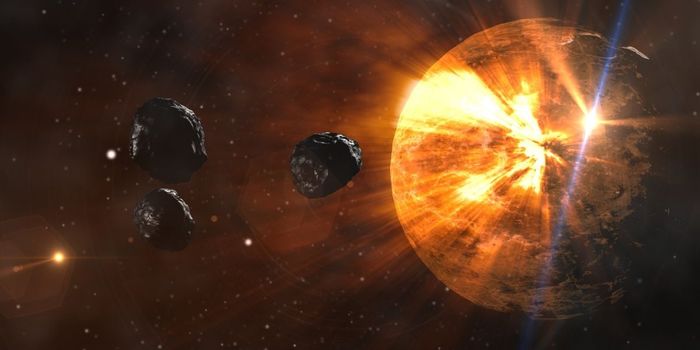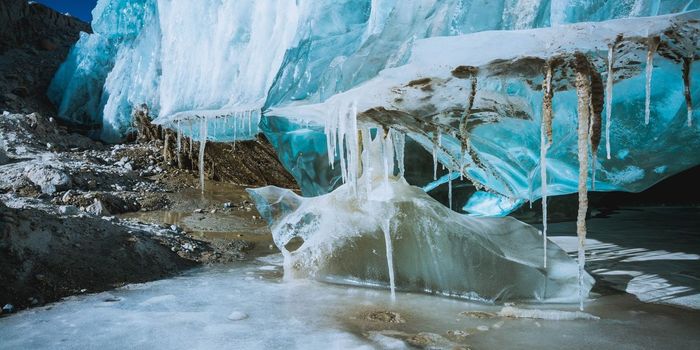In 1992, The European Institute for Underwater Archaeology, or IEASM, began a research study in cooperation with the Egyptian Supreme Council of Antiquities to find the location of the eastern harbor of Alexandria, an area currently underwater. There, Alexandria's Portus Magnus and the cities of Thonis-Heracleion and Canopus in Aboukir Bay were discovered, which led to excavations that are still ongoing.
With the assistance from the Smithsonian Institute and Stanford University, the IEASM were able to determine the seismic effects in the underlying geology that led to the soil in the area sinking and sea level rising, causing the cities to be submerged. Analysis also revealed liquefaction of the soil in certain spots. A combination of factors can lead to this phenomenon; great pressure from buildings on soil with lots of clay and water, combined with weight from a flood can compress the soil dramatically, leading to the expulsion of water and clay within it and subsequent loss of volume. An earthquake may have also caused the significant destruction and sinking of the cities.
These were large cities with grand architecture. Many of the objects excavated from the watery depths will now be on display at the British Museum, thanks to the work of archaeologist Franck Goddio and his team. You can see some of their incredible work now.








